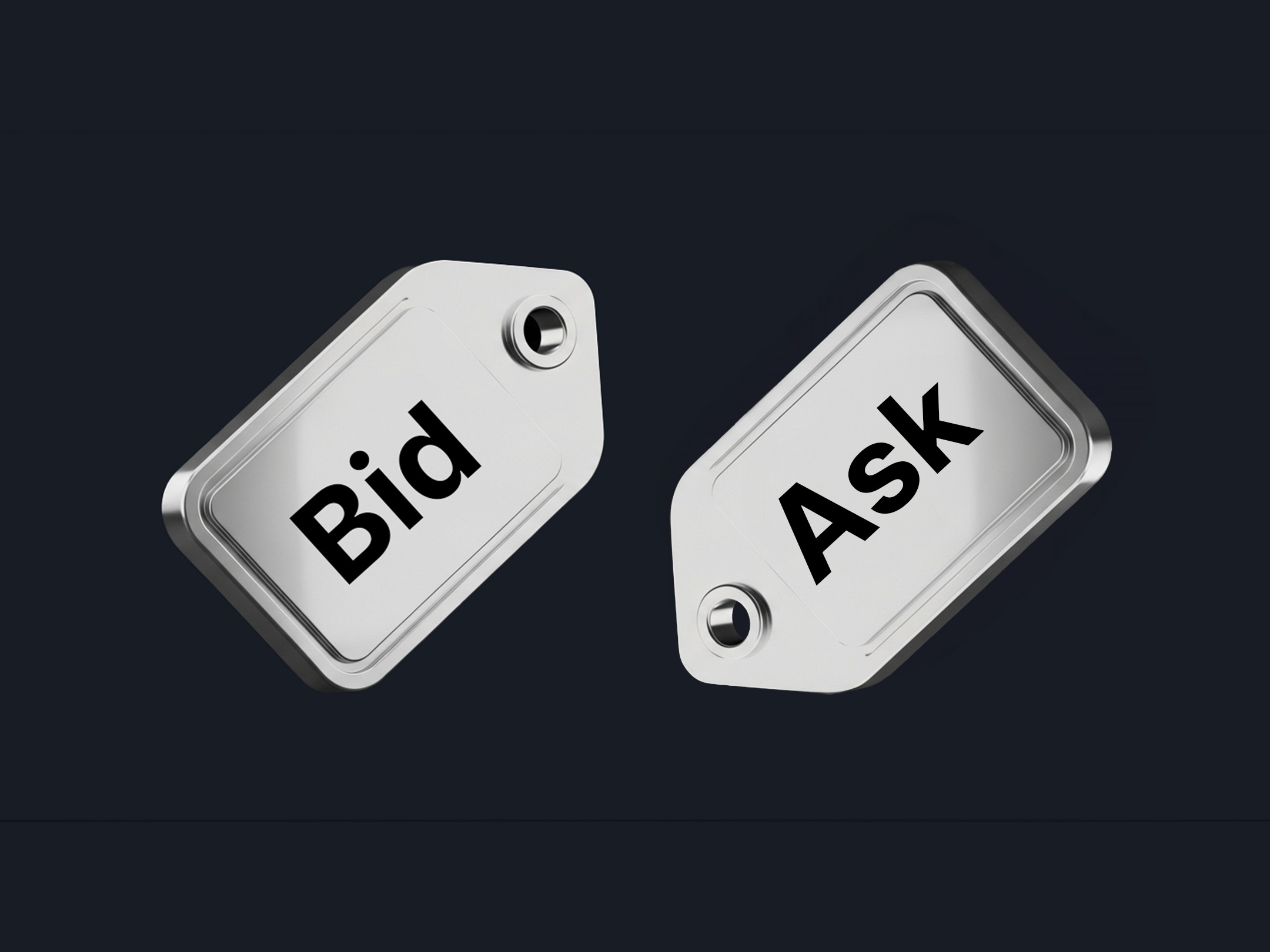
Position sizing is a key risk management tool, helping you identify how much capital to risk in each trade. The right approach to position sizing strategies helps safeguard your trading funds and ensures your exposure to risk matches your aims.
Quick summary:
- Position sizing controls how much capital is at risk in each trade, directly affecting your profit and loss outcomes.
- Matching your position size with your personal risk tolerance ensures your trading is comfortable and sustainable.
- The main position sizing techniques include using a fixed sum per trade, a set percentage of your account, or adjusting size based on your stop-loss level.
- You can calculate position size by considering your available capital, risk level, and the characteristics of each trade.
- Increased volatility calls for smaller position sizes, while calmer markets may allow for larger trades.
- Setting clear stop-loss and profit target points is essential for reliable risk management.
- Adapting your position sizing method to changing market conditions helps maintain capital protection.
- Consistency in applying your position sizing strategy removes emotion from trading and can lead to steadier results.
What is position sizing, and why does it matter?
Position sizing in trading refers to how much capital you allocate to any single trade. This decision determines your risk on every position, influencing both potential gains and losses. Grasping what is position sizing is essential for managing your risk-to-reward ratio and maintaining your trading longevity.
Position sizing and your personal risk tolerance
Your position size should reflect your personal risk tolerance. Some traders thrive on larger, riskier trades, while others prefer to be more conservative. By considering your comfort level, you can make sure your trading fits your financial goals and risk appetite.
Widely used position sizing techniques
There are several recognised position sizing techniques. Here’s a breakdown of the most popular ones:
1. Fixed amount (fixed-dollar) method
Use a consistent monetary value for every trade, regardless of the asset’s price.
Example:
The account size is $3,000 and the trader decides to risk a fixed amount of $100 per trade. Suppose the trader wants to open a long position on UK100 (an index) with a stop loss set 50 points away from the entry price. If each contract represents $2 per point movement, the risk per contract is $100 (50 points × $2). The trader would take 1 contract per trade. If the stop loss is triggered, the maximum risk for the trade remains $100.
2. Percentage of account method
Adjust your trade size to a set percentage of your total account.
Example:
In this example, the account size is $3,000 and you want to risk 2% per position, which is $60 ($3,000 × 0.02).
Suppose you’re trading shares of Company ABC with an entry price of $50 and a stop loss at $47, so the difference is $3 per share. If 1 lot represents 100 shares, then the dollar risk per lot is $300 (100 shares × $3).
Lots to open: $60 risk ÷ $300 risk per lot = 0.2 lots.
If the account rises to $4,500, the risk per trade is $90 (2% of $4,500):
Lots to open: $90 ÷ $300 = 0.3 lots.
If the account falls to $2,000, risk is now $40:
Lots to open: $40 ÷ $300 ≈ 0.13 lots.
This strategy automatically adapts your lot size to the current balance of your account.
3. Risk-adjusted through stop-loss
Calculate your trade size so your potential loss never exceeds a set figure.
Example:
Let’s assume the account size is $3,000 and the chosen risk per position is 2%, making $60 at risk.
Suppose you take a long position on EURUSD at 1.07260 with a stop loss at 1.06860, a difference of 40 pips (0.0040). For standard forex CFDs, 1 lot is 100,000 units, and 1 pip equals $10 per lot.
- Dollar risk per lot: 40 pips × $10 = $400.
- Lots to open: $60 ÷ $400 = 0.15 lots.
Opening a position of 0.15 lots means the most you can lose, if your stop loss is hit, is $60.
Adjusting your position sizing strategy for volatility
Market volatility is a key factor that impacts your position sizing on Deriv. Volatility refers to how much and how quickly an asset’s price moves over a certain period. On Deriv’s trading platforms, you may encounter assets with high, medium, or low volatility—including forex pairs, synthetic indices, and commodities—each requiring a different approach to sizing your trades safely.
Why adjust position size for volatility?
When price movements are sharp and unpredictable, larger-than-expected market swings can quickly hit your stop loss, leading to bigger-than-intended losses if your position size remains unchanged. By reducing your lot size during periods of heightened volatility, you keep your dollar risk within your chosen limits. Conversely, in calm and stable markets, you can allow a slightly larger lot size while maintaining an acceptable level of risk.
How to factor in volatility when trading on Deriv
Measure current volatility: Use Deriv’s charting tools or technical indicators like Average True Range (ATR), Bollinger Bands, or standard deviation to estimate how much an asset typically moves in a trading session.
Wider stop losses for turbulent markets: When an asset such as the Volatility 100 Index on Deriv exhibits large price movements, you often need to place your stop loss further from your entry point to avoid being prematurely stopped out by normal swings. This wider stop means you should reduce your lot size accordingly to keep your overall risk (dollar loss) the same.
Example:
Suppose your risk per trade is $60. If the ATR on a forex pair rises from 30 pips to 60 pips, and each pip is worth $1 per lot, you’d decrease your position from 2 lots ($60/30 pips) to 1 lot ($60/60 pips) to ensure your maximum loss if stopped out stays at $60.
Setting good stop-losses and profit levels
Clear stop-loss and profit-taking points are integral to your position sizing plan. They help you limit losses and secure gains, further reducing emotional trading decisions.
Dynamic vs. static position sizing
Should you adapt position sizes trade by trade as conditions change (dynamic), or keep risk steady across all trades (static)? Your choice depends on your trading style and how actively you monitor the markets.
Example of dynamic position sizing:
If your account grows from $3,000 to $5,000, risking 2% on a trade raises your risk from $60 to $100 per trade. If your account falls to $2,000, your risk per trade drops to $40. You calculate contract size each time based on your current balance and stop loss.
Example of static position sizing:
You consistently risk $60 per trade, no matter how the account balance or market volatility changes. For instance, when trading oil, you always size contracts so the distance to stop loss will not exceed $60 risk, even if that means taking smaller contract sizes during volatile periods.
The value of consistency
No matter which method you choose, being consistent is key. Sticking to your position sizing strategy helps take emotion out of decisions and leads to stronger, more dependable results.
Proper position sizing in trading is a foundation of risk management—not a guessing game. Experiment with these strategies using a free demo account to discover what suits you best before trading with real funds.
Quiz
With the percentage-based position sizing method, what happens to your trade size when your account balance goes up?




.jpg)











